Application Software – javatpoint
← prev
Mục lục bài viết
What is Application Software?
Application software is a computer program that performs specialized duties. Application software can carry out a variety of tasks, including personal, professional, and academic ones. Application software is frequently referred to as productivity software or end-user software. Each piece of software is designed to help users with a certain productivity, efficiency, or communication process.
Processing and spreadsheet programs like Microsoft Word and Excel, as well as web browsers like Firefox and Google Chrome. Besides games like Candy Crush Saga and Ludo, it also contains smartphone apps like WhatsApp and Telegram. Some applications connect customers with their businesses and popular services that people use daily, including weather or transportation information.
In contrast to System software, application software is focused on its functionality and completes the goal for which it was created. Most of the apps we use on our smartphones are examples of application software. Every piece of application software’s main objective is to make a task easier for users to complete.
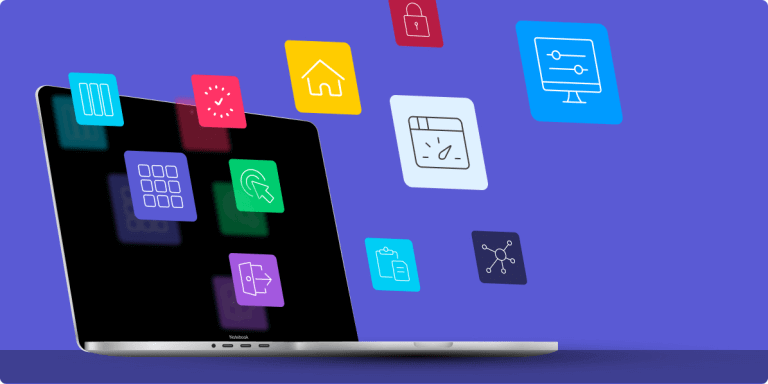
Need of Application Software
Application software allows end users to carry out a variety of single and multiple actions. Here are a few factors that make application software (App) necessary for your computer:
Assists the user in carrying out particular tasks: The end user should be kept in mind when developing any application program. Users can create, edit, remove, and carry out other Word document operations using Microsoft Word, a widely used application software. They will primarily help the end-user by enabling them to carry out specific tasks in various fields, including education, business, and entertainment.
Manages and modifies data: Organizations utilize application software to manage and modify employee, customer, and other databases. Examples of application software include customer relationship management and enterprise resource management systems.
Allows users to arrange information efficiently: Individual users can produce and manage data with application software. For instance, Microsoft Excel is a widely popular program in businesses and enables users to handle datasheets.
Functions of Application Software
These software or mobile applications enhance users’ functions like creativity, communication, productivity, efficiency, and amusement. Furthermore, they can help with data analysis, calculation, and resource coordination. The range of utility for such programs can be broad, with each one allowing end users to carry out particular tasks. Different apps may simultaneously offer help for various tasks or in a few areas depending on their functionality and nature.
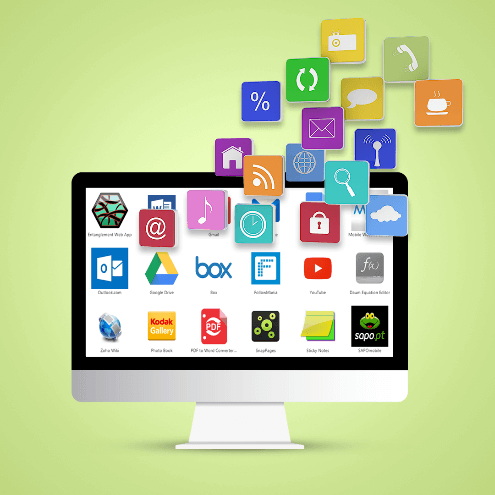
A few of the functions of application software include:
- management of information and data
- data management and analysis
- document management (document exchange systems)
- creation of images and videos
- Several choices include texting, conferencing over audio and video, and working together.
- Accounting, financial, and payroll management
- the management of resources (ERP and CRM systems)
- managing a project
- management over corporate operations
- software for use in schools (LMS and e-learning systems)
- software for use in healthcare
Types of Application Software
Every company sector needs application software because we live in a digital age. Every industry, including banking, healthcare, education, retail, travel, logistics, etc., is heavily utilizing the program. Choosing the best application software for your unique needs enhances performance and effectiveness. You may cut costs, save time, and use fewer resources if you are aware of the many kinds of application software. You can also increase productivity and make better decisions. General applications, business applications, and specially developed applications can all be broadly categorized as application software.
Types of Application Software are divided into two categories:
- General Application Software
- Customized Application Software
1. General Application Software
Numerous fundamental tasks can be accomplished by general software. They finish all of the standard tasks a user must carry out on the system. The user must complete several applications. This category includes a wide range of frequently used applications. These software programs can be purchased alone or as a suite of related programs.
Further divisions of general application software include:
a) Word Processing Software
Text can be edited and formatted; documents, including memos, letters, faxes, and documents, are created using word processing software. The text is formatted and made beautiful using processing software. Software for word processors enables the creation, enhancement, and manipulation of text. They offer a wide range of capabilities that enable efficient text consolidation and editing. The user can input, edit, format, and output text with the aid of this software. There is a list of features provided.
Additionally, by giving users access to a thesaurus, synonyms, and other tools, this kind of software creates an amazing visual experience. The software also features font sizes, colors, and styles. For instance, Corel WordPerfect, Lotus Word Pro, Word pad, and Microsoft Word.
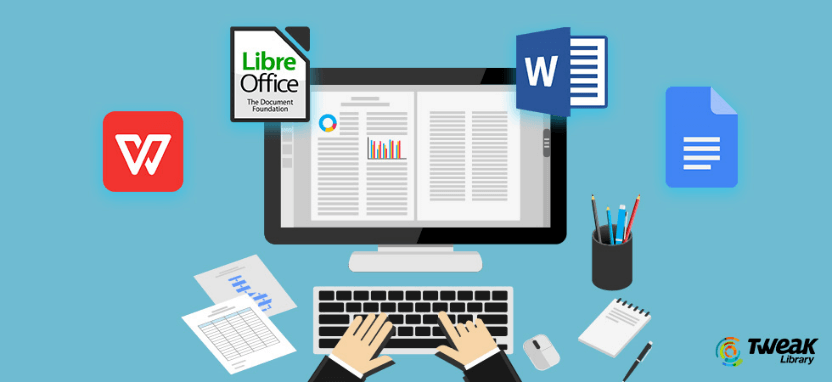
b) Spreadsheet Software
Using a variety of tools, we can make calculations with the aid of a spreadsheet program. The information is arranged in rows and columns in a tabular manner. A cell is a point where a row and a column meet. Date, time, and number data are stored in these cells. Additionally, they use a variety of formulas to accomplish a variety of calculations and tasks. They also include incredible features, including charts, tables, and 3D graphs. Corporations and the financial industries typically use this software. Examples of spreadsheet software include Google Sheets, Microsoft Excel, and LibreOffice Calc.
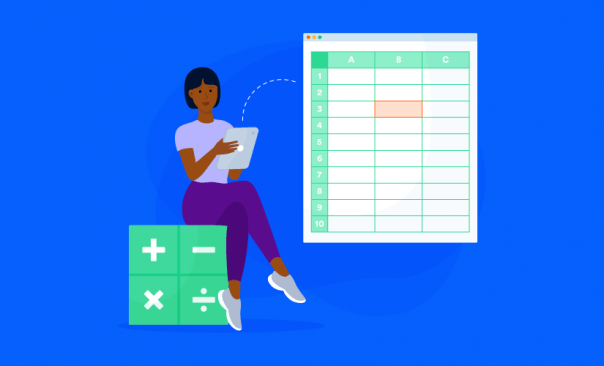
c) Business Application Software
This business application software was created to automate corporate processes and meet users’ demands for increased operational efficiency and accuracy. The business application software’s output is expected to increase productivity and profitability. Business application software is divided into different categories based on its unique requirements.
d) Database Software
A program called a database management system, or DBMS, is designed for retrieving, storing, and searching data from a single database. This program, also called database management software, aids in efficient data management. This program makes it simple to organize data and access it. Software development services automatically create and save data when they create an application.
The database management system (DBMS) helps the program get the necessary data and store it after it has been finished using it. This program modifies data to gain access to it while searching DBMS. A few database management solutions assist in managing the system’s diverse data, including email addresses, phone numbers, catalogs, etc. MS Access, Oracle, and MySQL are a few DBMS types.
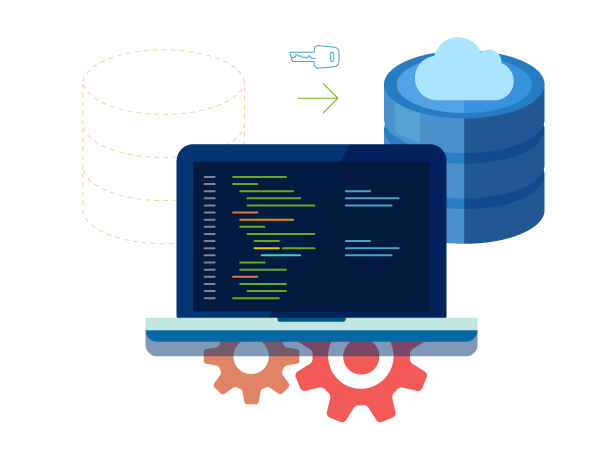
e) Presentation Software
Presentation software lets you present your thoughts and ideas as visual data. After that, you can use slides to display the information. You may add videos, words, charts, graphs, and photographs to your presentations to make them more engaging and educational.
Key components of presentation software include:
- Text editor: The text editor feature of presentation software allows users to input and design their text.
- Multimedia files: The ability to add and animate graphics, texts, multimedia, and movies is provided by presentation software.
- Slideshow: Presentation software can also assist in creating a slideshow for the presentation.
These are a few famous examples: Microsoft PowerPoint, Google Slides, and Apple’s Keynote. These presentation applications are essential to creating an engaging and informative experience.
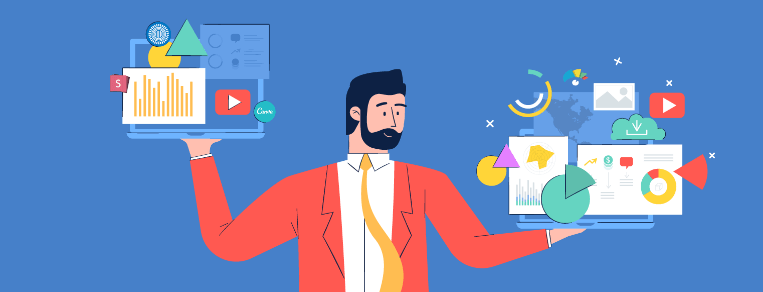
f) Web Browsers
These sorts of application software help consumers browse websites and conduct research. They support users’ information retrieval and web exploration. Internet Explorer, Chrome, Firefox, MS Edge, Safari, and more popular web browsers are available. Users with these browsers can utilize search engines like Google, Bing, Yahoo, and others to explore the web and conduct searches.
Web browsers are software programs that make it simple to browse the internet. These can be used to find information on the web quickly.
g) Education Software
Education software refers to any program that improves the educational process. In classroom settings, teachers use this software to transfer knowledge to students. Education software, for instance, makes it simpler to deliver lectures with visual and aural experiences to make learning enjoyable and simple. ProProfs, Schoology, Google Classroom, TalentLMS, Litmos, and other industry standards for educational software are available.
Learning and tutorials are handled by academic or educational software. They provide simple and engaging education and are functional across many academic subjects.
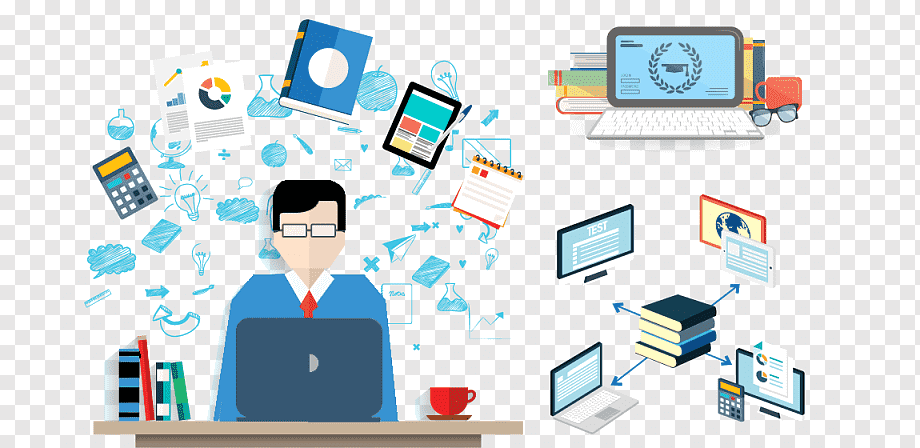
h) Graphic Design Software
Graphics software is used to make changes to visual data, images, and animation. It includes various editorial software. Digital photos or films can be quickly edited using graphic design software. This software includes tools for creating and altering images. Software for graphic design includes Adobe Photoshop, Clip Studio, and Adobe Illustrator, to name a few.
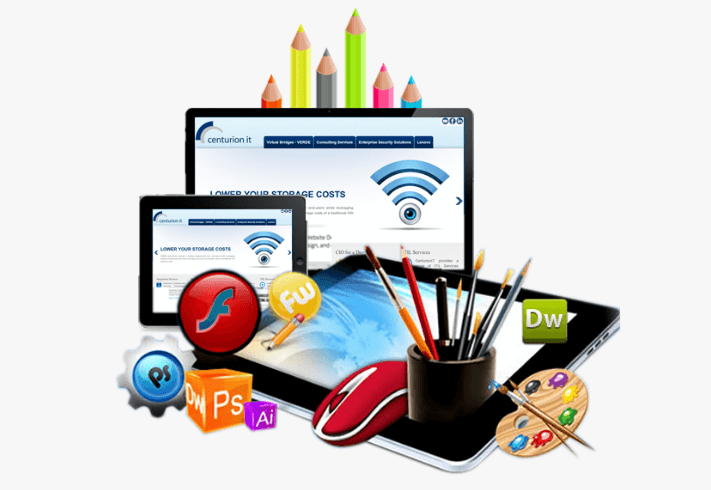
h) Simulation Software
System behavior can be predicted using simulation software. Using simulation software, you may assess new designs, identify issues with old designs, and test a system in challenging environments like an orbiting satellite. This is mostly useful in video games or training exercises for the workplace. Software development businesses can create simulation software to acquaint learners with the surroundings before handling the actual machinery when using genuine machinery is only possible with training. Examples of simulation software include SOLIDWORKS and Teamcenter.
Based on accessibility and shareability, application software can be further divided into four groups.
- Freeware Software: Freeware is accessible without spending money, as the name suggests. Anyone can access it online, download it for free, and use its capabilities immediately. The user is unable to alter the source code, though. Even if you engage qualified software engineers to do the assignment, this software cannot be customized or altered without breaking the law. Examples of freeware applications include Skype, Team Viewer, Adobe Reader, etc.
- Shareware Software: Creating shareware software applications promotes the temporary, free sharing of software. These programs are offered to users as a free trial. Then, if the users decide to keep using it and are satisfied, they must pay for the software. Users are frequently urged to make copies and share the program when they are given access to the source code. WinZip and Adobe Acrobat are examples of this kind of software program.
- Open-Source Software: Open-source software can be inspected, modified, and improved by anybody, thanks to its source code’s availability. Additionally, very few open-source programs are priced at such a conditional level; the majority are available for free. Open-source software is frequently confused with free software by many people. While some open-source software program, like Apache Webserver, is free to use, others need payment. However, “free” refers to the openly accessible source code that enables software creation.
- Closed Source Software: Closed-source software is the polar opposite of open-source software. They are paid software and hold ownership rights to the source code. Usually, there are limitations and terms and conditions attached. No one else can view or access the source, even if you have a premium account. These closed-source software programs make up most of the programs we use today. The exclusive intellectual property rights to the codebase belong to the software and mobile app development company that creates the software.
2. Customized Application Software
Software specifically tailored for a given user group or organization is created with business challenges in mind. Either an internal development team or an outside company creates custom solutions. However, the technique and development process is the same as other software development. Take a look at Uber, a popular on-demand service that uses specialized software to offer drivers and passengers a seamless experience.
This application software is nowhere to be found online. Therefore, we are unable to download directly from anywhere. Additionally, if you employ software developers to create a computer application, they must deliver it to you under specific conditions. As a result, it’s also known as a bespoke application or tailor-made software. This category includes things like the salon’s computer application or application software.
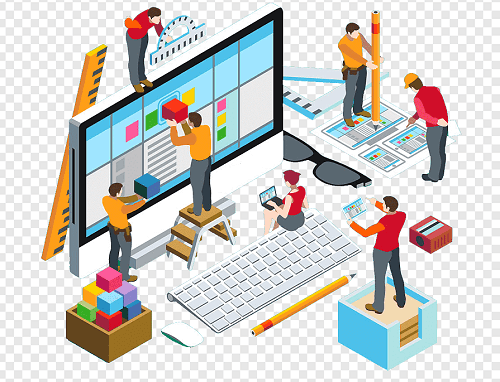
Examples of Application Software
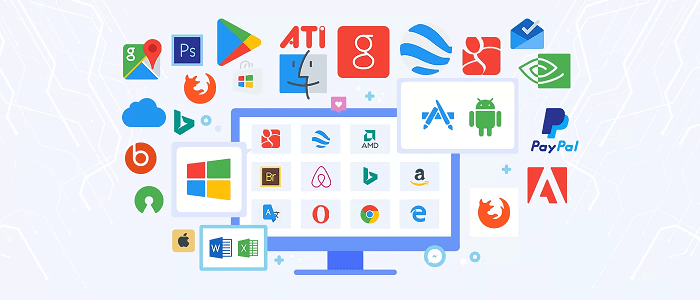
1) Office Software
- Microsoft Word: Microsoft Word is one of the most widely used word-processing applications. This program, a component of the Microsoft Office Suite, was created by Microsoft. This tool can also be used to create visuals. Even though it lacks the strength of a graphic tool, most people with little to no experience in graphic design find it simple to use. Microsoft Word includes a text editor, paragraph and font formatting, grammar and spell-checking HTML support, and picture support.
- Microsoft Excel: Microsoft Excel is an additional application software from the company. Utilize this spreadsheet application to perform computations. Time, date, text, and numeric fields are all defined by different cells in MS Excel. You can carry out your computations and supply the formulas and functions. Additionally, you can create analyses and visuals with this program.
- Microsoft PowerPoint: Microsoft PowerPoint is a presentation application software that allows you to graphically present your thoughts to your audience. You can present information in slide format with this application. It has built-in templates, clip art, audio, and video capabilities to improve your presentations. You can use MS PowerPoint as part of the Microsoft Office Suite for personal and professional purposes.
2) Graphics and Design Software
- Adobe Photoshop: Adobe Photoshop is a software tool for graphic design and picture manipulation. You can edit videos, produce, modify, and organize digital images and graphic work, develop designs and take photographs. You may create any concept art using this program from the comfort of your computer.
- AutoCAD: AutoCAD is the most popular CAD drawing application program. With this program, you can document your workflow more effectively and easily. It also performs quite well. Its built-in tools may connect with computer-aided manufacturing software to create machine tool settings for various daily tasks. Both Mac and Windows operating systems are compatible.
3) Open-Source Software
- MySQL: The open-source database management application software MySQL is very popular. This utility anchors the back end of various applications because of its strong capabilities. This software’s broad compatibility is its best feature. It integrates seamlessly with cPanel and other server management interfaces. Compatibility with shared data from other databases is another feature it offers.
4) Communication and Multimedia Software
- Skype: You can make video conversations using the software program Skype with your friends, coworkers, family, business partners, clients, and more. You can talk with folks to discuss projects or other topics if you don’t want to video call. Skype makes it easier for people and gadgets to communicate with one another.
- Spotify: Spotify is an audio player application for Windows 10. You can use the tool to find the podcasts or music you’re looking for. There are several different tracks and episodes included. The program lets you choose your preferred music filter and share your podcast and music. Windows, Mac, Linux, and iOS are all supported.
5) Document Viewer Software
- Windows Photo Viewer: Another application software for seeing photographs is Windows Photo Viewer. It has become simple to capture several images thanks to the development of webcams, smartphone cameras, and other digital cameras. Slideshows of your photos can be played, and favorites can be noted, and more.
6) Enterprise Software
- Salesforce: Businesses utilize the application software Salesforce to keep up with customer interactions. Your company needs to keep open lines of communication between the executives, departments, staff, and clients. This tool streamlines procedures by drawing on prior knowledge and user comments.
- Forecast: Forecast is a whole suite of application software for companies that provide professional services. The forecasting process aims to make projects more profitable and predictable. Utilizing project automation aids in resource planning and financial and operational tuning.
7) Other Popular Application Software
- Google Chrome: Google Chrome is application software that also allows you to access social media networks and send/receive emails. You can search on any subject with this browser, including technology, travel, politics, medicine, and a wide range of other subjects. You can retrieve data from across the web with Google Chrome.
- WinZip: WinZip is a file compression and management program. Using this program, you may compress files, including folders, PDFs, MP3s, videos, and more. Unzipping directories also allow you to decompress them. Additionally, you can extract various files from Zip files and repair them.
Next Topic
What is Computer Programming
← prev
next →











